ISSN
2307–3489 (Print), ІSSN
2307–6666
(Online)
Наука
та прогрес транспорту. Вісник
Дніпропетровського
національного університету залізничного
транспорту, 2018,
№ 6 (7)
ЕКОЛОГІЯ
НА ТРАНСПОРТІ
екологія
на ТРАНСПОРТі
UDC
502.3:504.5
M.
M.
BILIAIEV1*,
O.
V. Berlov2*,
I.
V.
KALASHNIKOV3*,
V.
A.
KOZACHYNA4*
1*Dep.
«Hydraulics and Water Supply», Dnipropetrovsk National
University
of Railway Transport named after Academician
V. Lazaryan,
Lazaryan St., 2, Dnipro, Ukraine, 49010,
tel. +38 (056)
273 15
09, e-mail
water.supply.treatment@gmail.com,
ORCID 0000-0002-1531-7882
2*Dep.
«Life Safety», Prydniprovska State Academy of Civil
Engineering and Architecture, Chernyshevskogo str., 24а, 49600,
tel.
+38 (056) 756-34-57 e-mail berlov@mail.pgasa.dp.ua,
ORCID
0000-0002-7442-0548
3*State
Enterprise «Design and Exploration Institute of Railway
Transport of
Ukraine «Ukrzaliznichproekt»,Konarev St., 7,
Kharkiv, 61052,
tel. +38 (057) 724 41 25,
e-mail uzp38@ukr.net, ORCID
0000-0002-2814-380X
4*Dep.
«Hydraulics and Water Supply», Dnipropetrovsk National
University
of Railway Transport named after Academician
V. Lazaryan,
Lazaryan St., 2, Dnipro, Ukraine, 49010,
tel. +38 (056)
273 15
09, e-mail v.kozachyna@gmail.com,
ORCID 0000-0002-6894-5532
ANTI-TERROR ENGINEERING UNDER POSSIBLE
TERRORIST
ATTACKS USING CHEMICAL
AGENTS outdoor
Purpose. This work aims to develop a method of
local outdoor reduction of the concentration of a chemically
hazardous substance, which entered the atmosphere through a cafe roof
vent. It also involves the creation of a numerical model for
calculating the chemical contamination zone that allows assessing the
effectiveness of the screens used to minimize its level. Methodology.
To solve this problem, we used the velocity potential equation that
allowed to determine the air flow velocity field, and the equation of
convective diffusion dispersion of a chemically hazardous agent in
the atmospheric air emitted through the ventilation system in case of
a terrorist attack. The simulation took into account the uneven
velocity field of the wind flow, atmospheric diffusion, emission rate
of a chemically hazardous agent. In the numerical integration of the
velocity potential equation, we used the Liebmann method. For the
numerical solution of the equation of convective diffusion dispersion
of the impurity, an implicit alternate-triangular difference
splitting scheme was used. Findings. The developed numerical
model allowed assessing the effectiveness of building screens used to
reduce the concentration of a hazardous substance and minimize the
risk of toxic damage to people outdoor during an initiated emission
of a chemical agent. The constructed numerical model can be
implemented on computers of low and medium power, which allows it to
be widely used for solving problems of the class under consideration
when developing an anti-terror engineering strategy. Originality.
An effective numerical model for calculating the outdoor chemical
contamination zone during a possible terrorist attack using a
chemical (biological) agent has been proposed. The model can also be
applied to assess the effectiveness of some protective measures aimed
at reducing the air pollution level during a terrorist attack.
Practical value. The developed numerical model can be used to
organize protective actions near social objects of a possible
chemical attack by a terrorist.
Keywords:
terrorist attack;
chemical air pollution
of the
atmosphere; anti-terror
engineering; numerical
simulation
Introduction
Acts of terrorism with the use
of chemical (biological) agents in the streets of cities are not a
groundless threat. One of the variants to emit a hazardous chemical
agent into the atmosphere, which is sufficiently hidden from an
observer, can be
its discharge into the ventilation system of various cafes, which
are located in city streets (Fig. 1). Emission of polluted air from
the ventilation system of a cafe is usually carried out on the roof.
Scientifically, it is the emission from a low source.
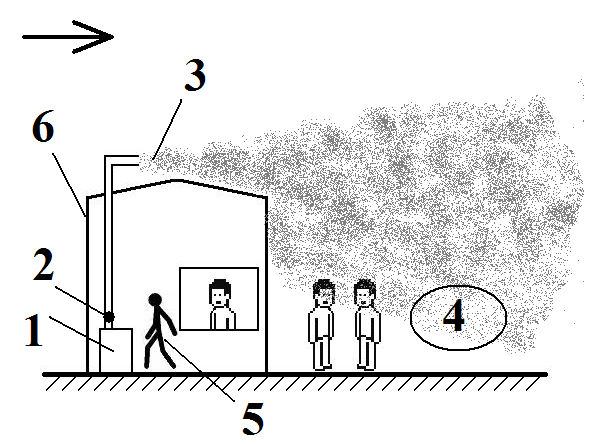
Fig.
1. Scheme of outdoor chemical air contamination
at initiated
entry of hazardous substances in
a cafe ventilation system:
1
– process equipment; 2
– place of hazardous
substance entry into the ventilation
system;
3
– polluted air discharging device on the cafe roof;
4
– outdoor chemical contamination zone;
5
– initiator of hazardous substance discharge into
the
ventilation system; 6
– cafe building
With such an emission of a
chemical agent through a ventilation system, a sufficiently large
area of chemical contamination can form behind the building. For
example, Fig. 2 shows a photo of the contamination zone near the
mini-cafe. Emission is combustion process products from the kitchen.
It is clearly seen that the pollution zone covers not only the
sidewalk, but also part of the roadway. If people get into this
chemical contamination zone, the risk of their toxication is
extremely high. We emphasize that people will definitely fall into
the contamination zone, because cafes are public places. In
addition, such a scenario of a terrorist attack ensures
unexpectedness and secrecy. In this regard, the question arises
about the development of engineering methods to protect people from
damage by reducing the concentration of a hazardous substance in
the street during a possible terrorist attack.
The
theoretical solution to this problem is quite complicated. When
emitting a chemical agent from a low source, it is necessary, first,
to take into account the influence of the building on the formation
of the chemical contamination zone. Secondly, it is important that
the mathematical model would also make it possible to calculate the
effectiveness of the use of specific engineering solutions to reduce
the intensity of chemical contamination of the air environment near
the facility. To estimate the level of air pollution in case of a
possible terrorist act, for example, Gaussian
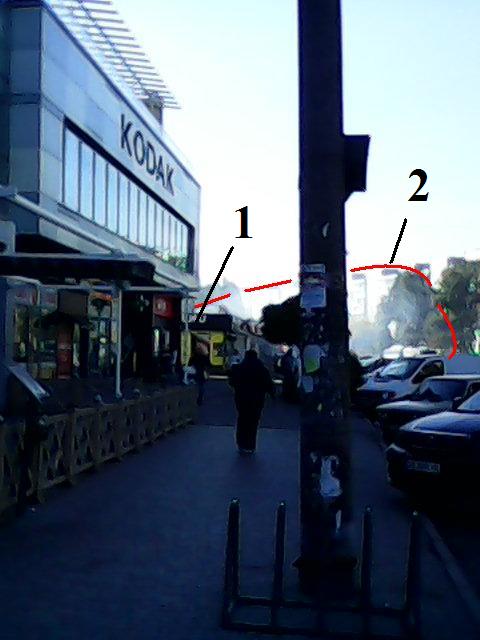
Fig.
2. Air contamination zone near the cafe:
1
– polluted air discharging device on the cafe roof;
2
– visible boundary of the contamination zone
(Heroev
Avenue,
Dnipro)
models can
be used as a zero approximation. But these models do not allow to
take into account the influence of the building and various
engineering elements on the formation of chemical contamination
zones, that is, they cannot be used to assess the effectiveness of
various anti-terror methods. The normative methods used in Ukraine
for solving problems of assessing the size of chemical contamination
zones (for example, the OND-86 technique), for this reason, also
cannot be applied. The only theoretical method for solving problems
of this class is CFD modeling. Within this scientific direction,
specialized software packages «ANSYS Fluent», «FAST», etc. have
been created. These packages are a powerful tool for solving a wide
class of problems. It should be noted that the cost of licensed
packages for research is very high, so access to such packages is
limited. It is also known that the use of these packages requires
the use of powerful computers and large consumption of computer time
when solving a practical problem – several days to calculate one
variant of the problem. This is
a definite obstacle, as the
organizations of a special focus conduct numerous serial
calculations.
Purpose
This work aims to develop a
method of local outdoor reduction of the concentration of a
chemically hazardous substance, which entered the atmosphere through
a cafe roof vent. It also involves the creation of a numerical model
for evaluating the effectiveness of engineering methods for air
contamination protection during a terrorist attack with a highly
toxic chemical agent.
Methodology
The process
of dispersing a highly toxic chemical agent outdoor can be described
on the basis of the following equation (profile task) [2–5,
7, 8]:


 (1)
(1)
where
 – average
concentration of
chemical
(biological)
agent in
outdoor air;
– average
concentration of
chemical
(biological)
agent in
outdoor air;
 – coefficient
taking into
account the
agent
decomposition in
the atmosphere;
– coefficient
taking into
account the
agent
decomposition in
the atmosphere;
 – components
of the
air flow
velocity vector;
– components
of the
air flow
velocity vector;
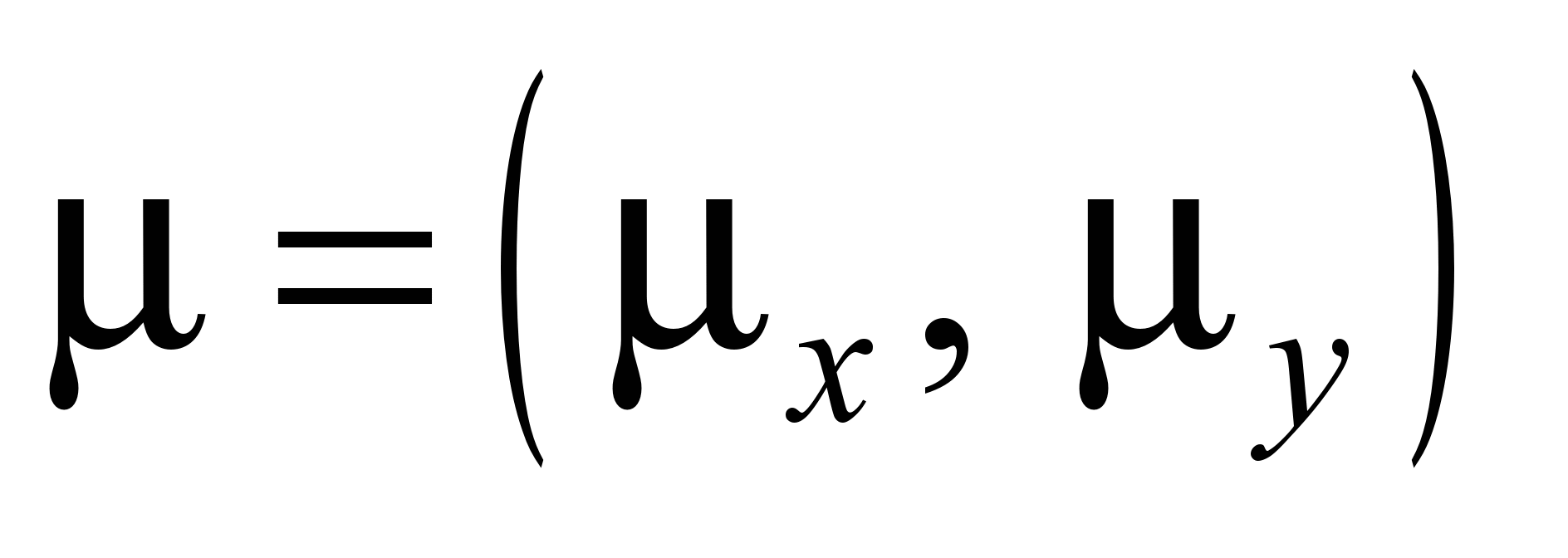 – coefficients
of atmospheric
turbulent
diffusion;
– coefficients
of atmospheric
turbulent
diffusion;
 – agent
emission intensity during
the terrorist
attack;
– agent
emission intensity during
the terrorist
attack;
 – Dirac
delta function;
– Dirac
delta function;
 –agent emission source
coordinates
during the
terrorist
attack; t
– time.
–agent emission source
coordinates
during the
terrorist
attack; t
– time.
The boundary
conditions for equation (2) are written as [3]: at
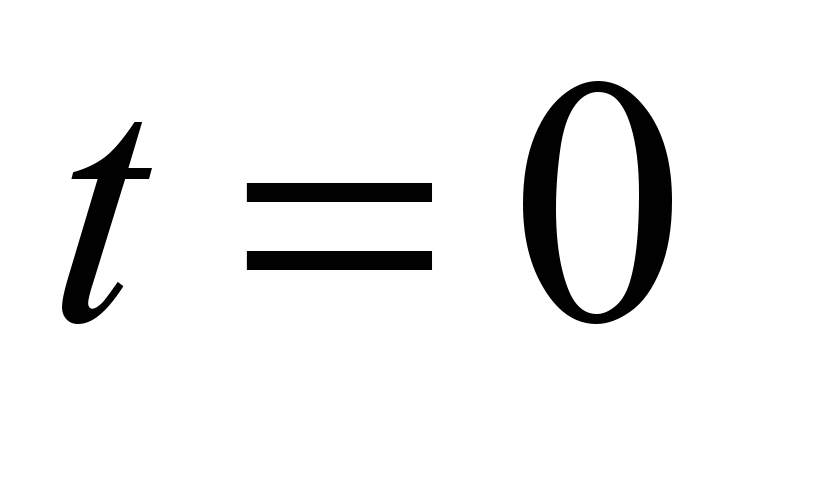 ,
,
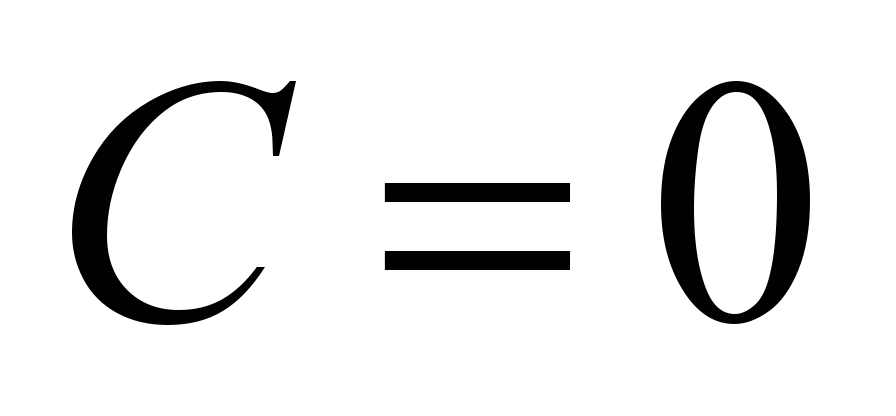 .
At the boundaries where the air flow
enters the calculation area,
.
At the boundaries where the air flow
enters the calculation area,
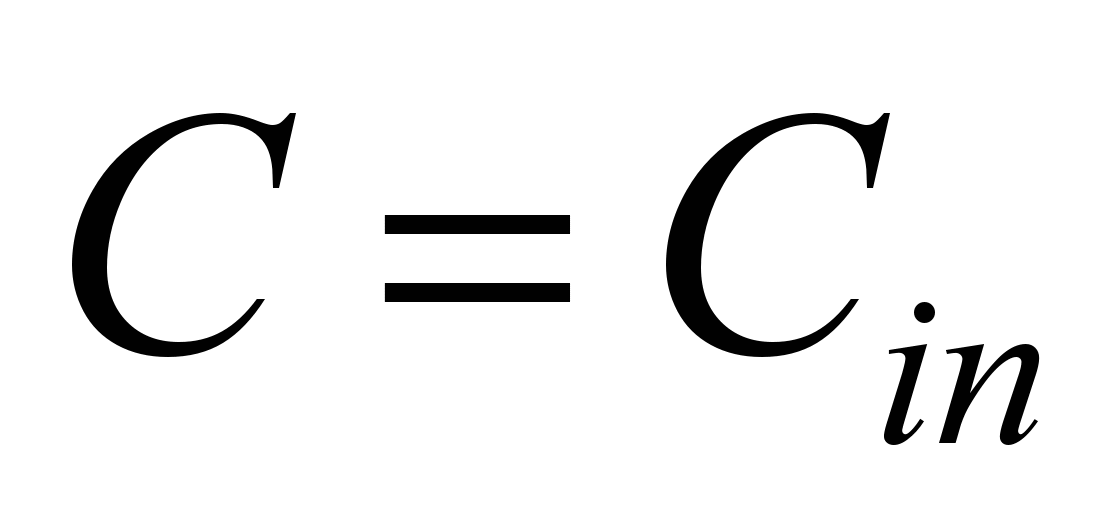 ,
here
,
here
 is the known value. We assume that
is the known value. We assume that
 .
In the
area where
the air
flow exits
the
computational
domain, in
the numerical
model we
set a
«soft»
boundary
condition of
the form:
.
In the
area where
the air
flow exits
the
computational
domain, in
the numerical
model we
set a
«soft»
boundary
condition of
the form:
 ,
here
,
here
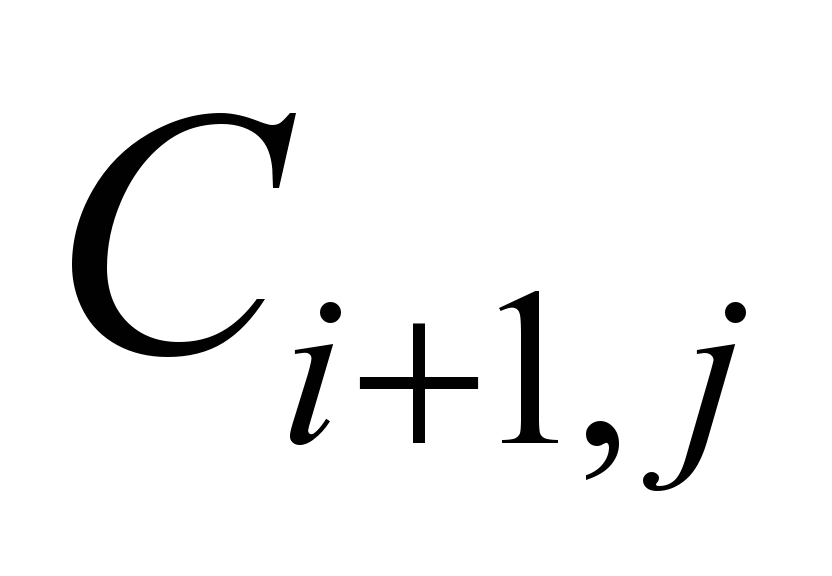 is the
pollutant
concentration in
the boundary
(last) cell.
is the
pollutant
concentration in
the boundary
(last) cell.
Aerodynamics
model. To apply equation (1) in the
case of dispersion of a chemical (biological) agent in the presence
of a building, it is necessary to know the uneven velocity field of
the wind flow. To determine the wind flow velocity field
u = f(x, y),
v = f(x, y), we will
use the ideal fluid irrotational flow model [5]:
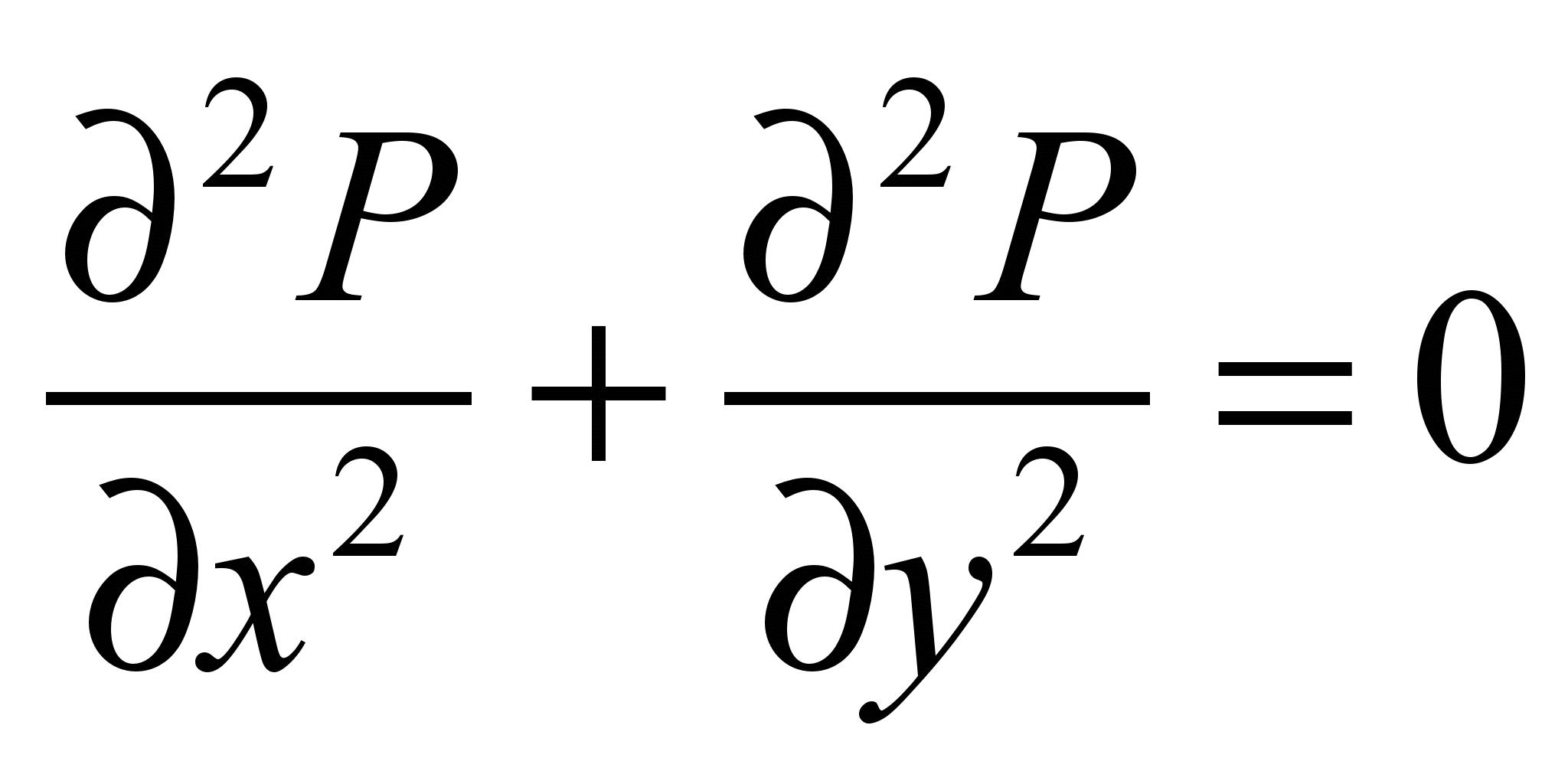 , (2)
, (2)
where
Р
– velocity
potential.
The
components of the air flow
velocity vector are determined by the dependence of the form:
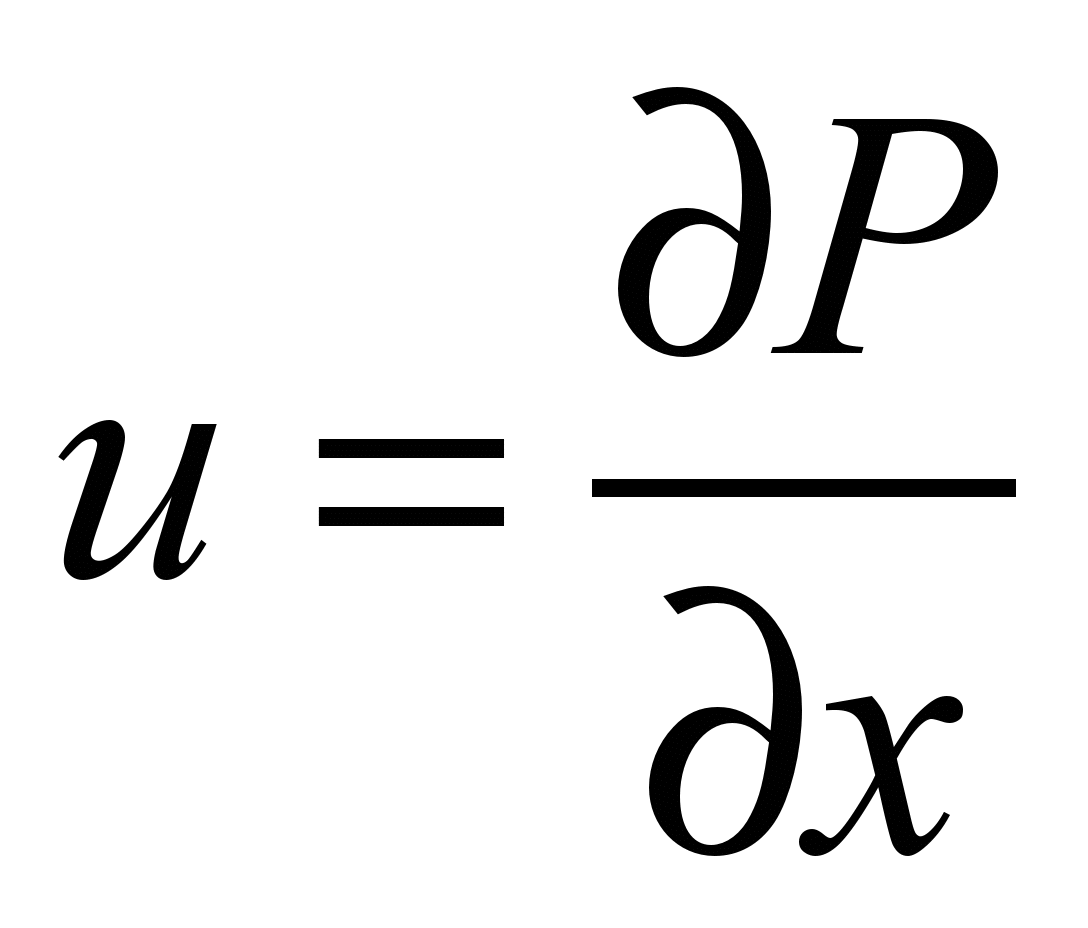 ,
,
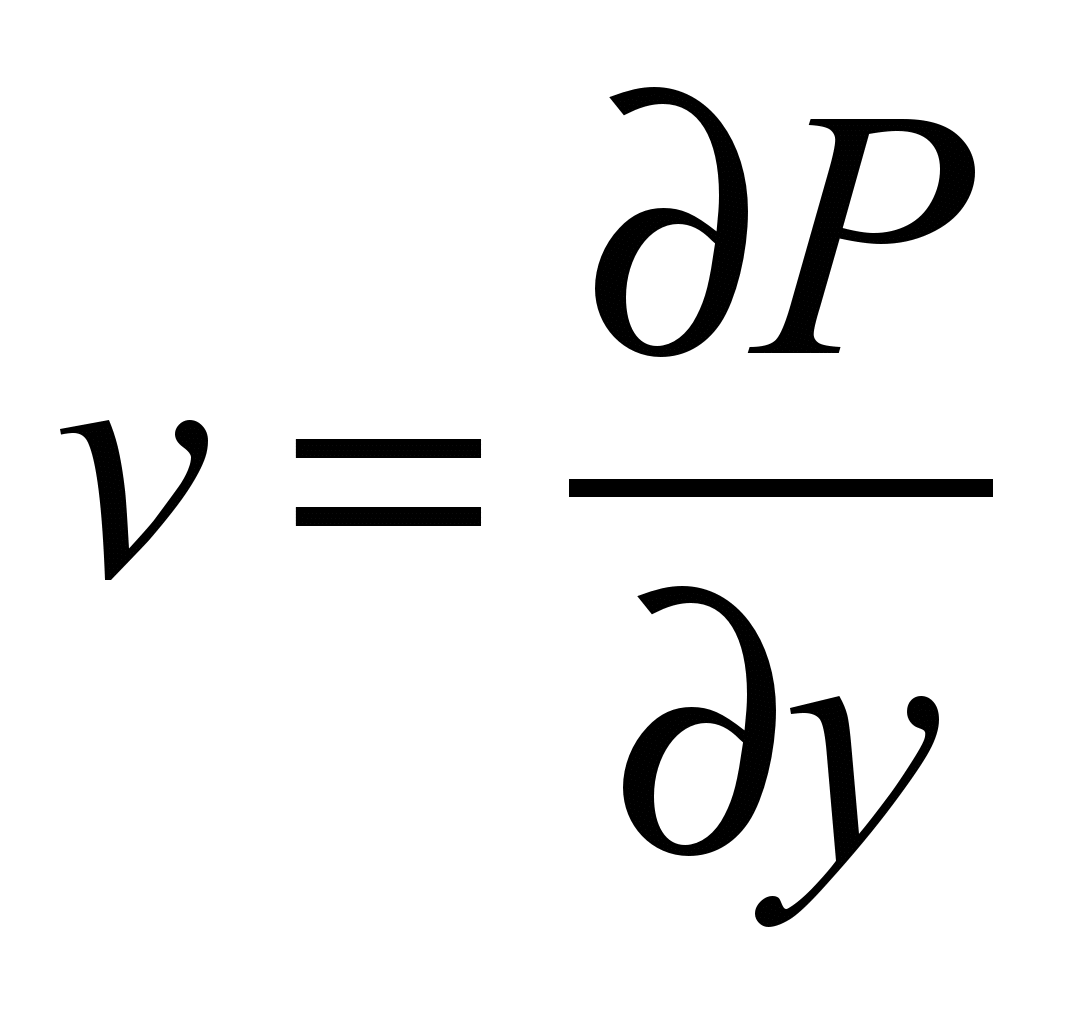 . (3)
. (3)
For equation (2) there are
such boundary conditions:
– on solid
boundaries we set the condition of the form:
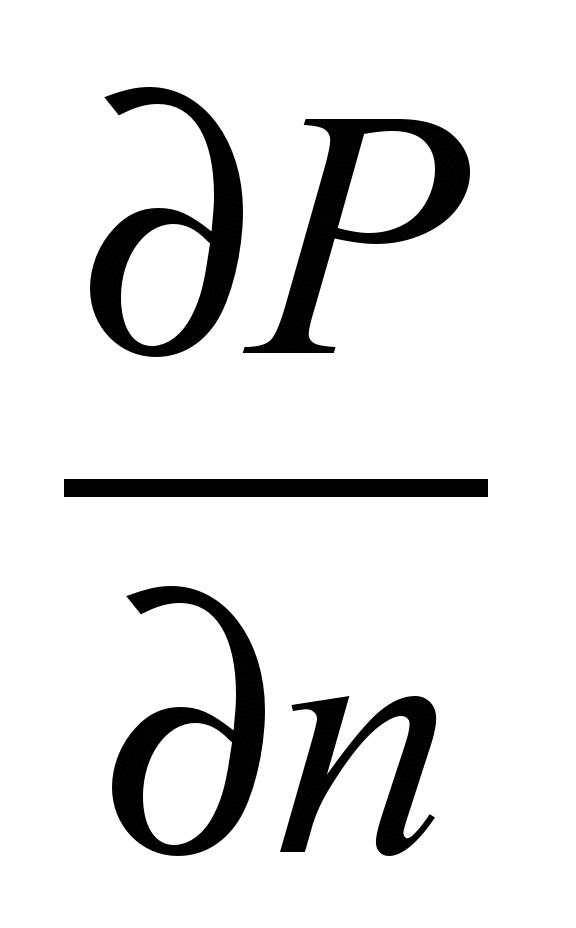 = 0,
= 0,
where
n
– unit outer normal vector to the boundary;
– on the
boundary of the airflow exit from the computational domain, we set
the boundary condition P = const;
– on the
boundaries where the inflow of air occurs, we set the boundary
condition of the form:
 = V,
where V –
the known wind flow velocity.
= V,
where V –
the known wind flow velocity.
Numerical
solution to the task. For
the numerical integration of the modeling equations we will use
finite-difference solution methods.
We will carry out the
approximation of derivatives, following [2, 5]. Approximation of the
time derivative is carried out as follows:
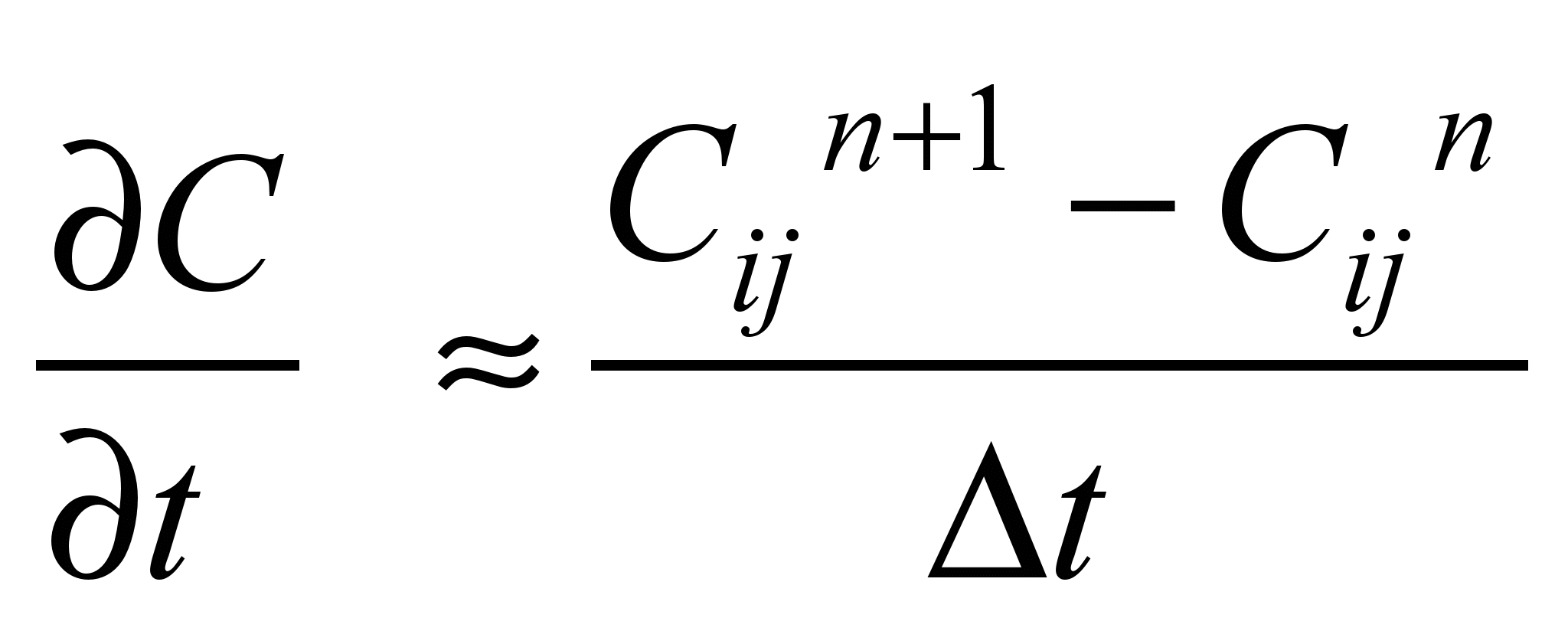 .
.
The first derivatives are
approximated by co-relations [5]:
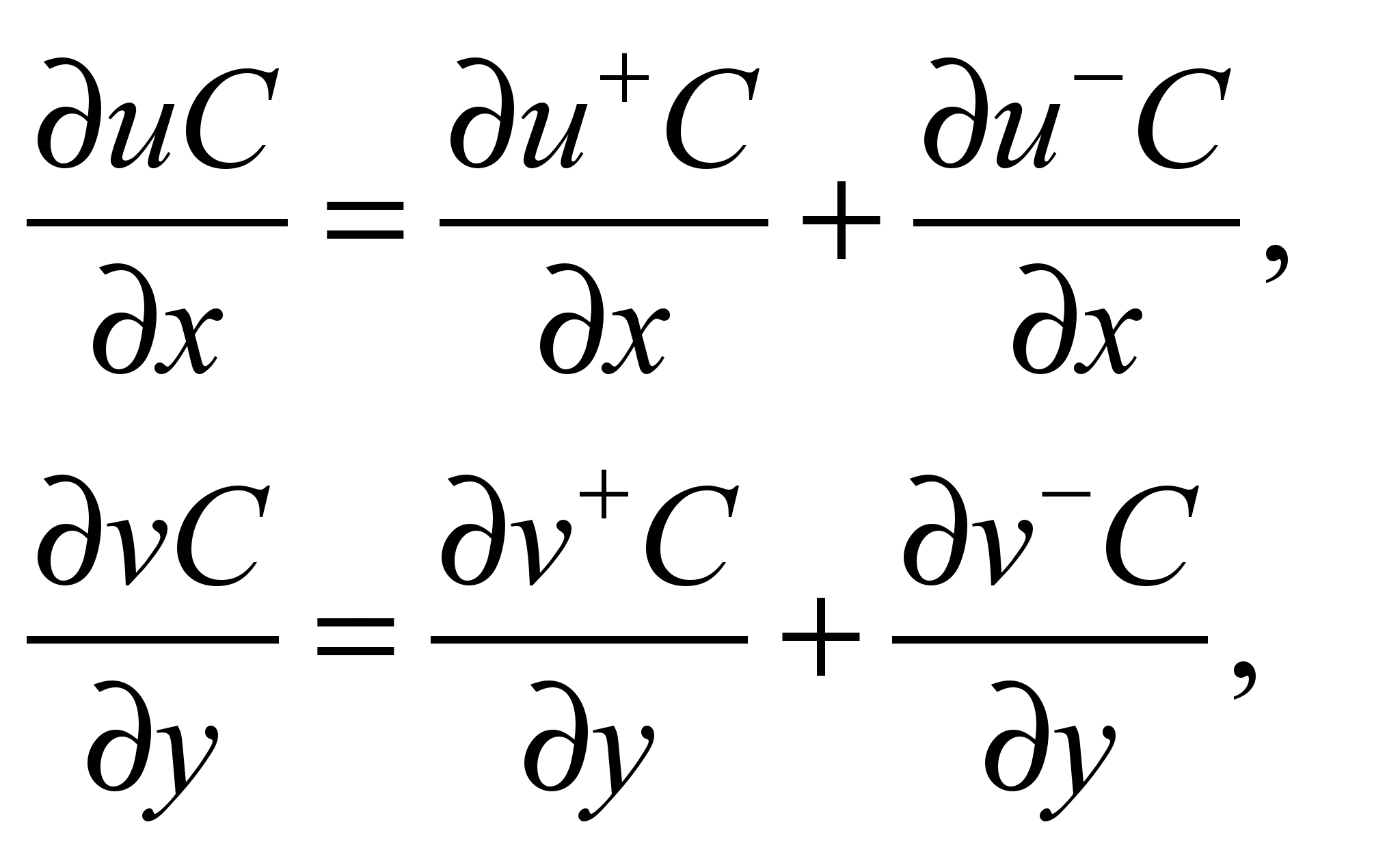
where
 For
approximation of the first derivatives, we use the formulas [2, 5]:
For
approximation of the first derivatives, we use the formulas [2, 5]:
 ;
;
 ;
;
 ;
;
 .
.
For approximation of the second
derivatives, we use the dependencies [5]:




Taking
into account the above designations of difference operators, we
write the difference analogue of equation (1):



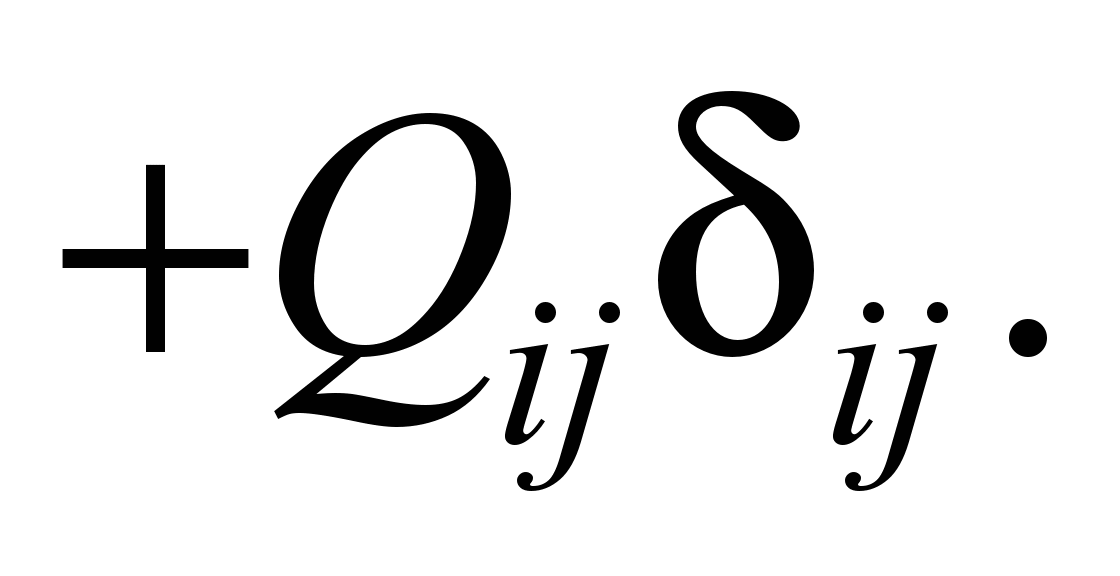 (4)
(4)
We perform the splitting of the
difference equation (4). The splitting equations at each step are
written as follows:
in the
first step (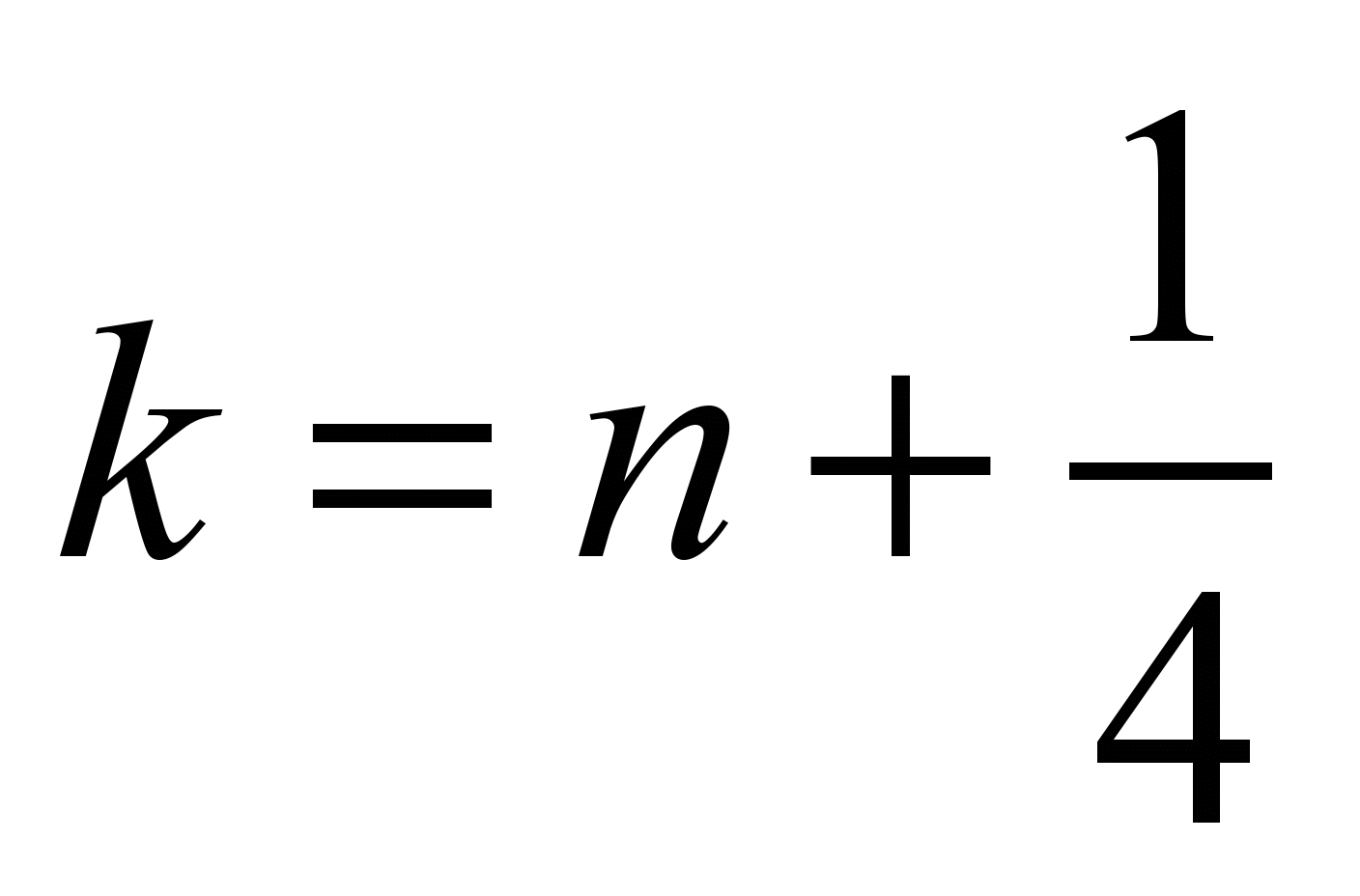 ):
):

 (5)
(5)
– in the
second step ( ):
):

 (6)
(6)
– in
the third step ( )
we apply the dependence (6);
)
we apply the dependence (6);
– in
the fourth step (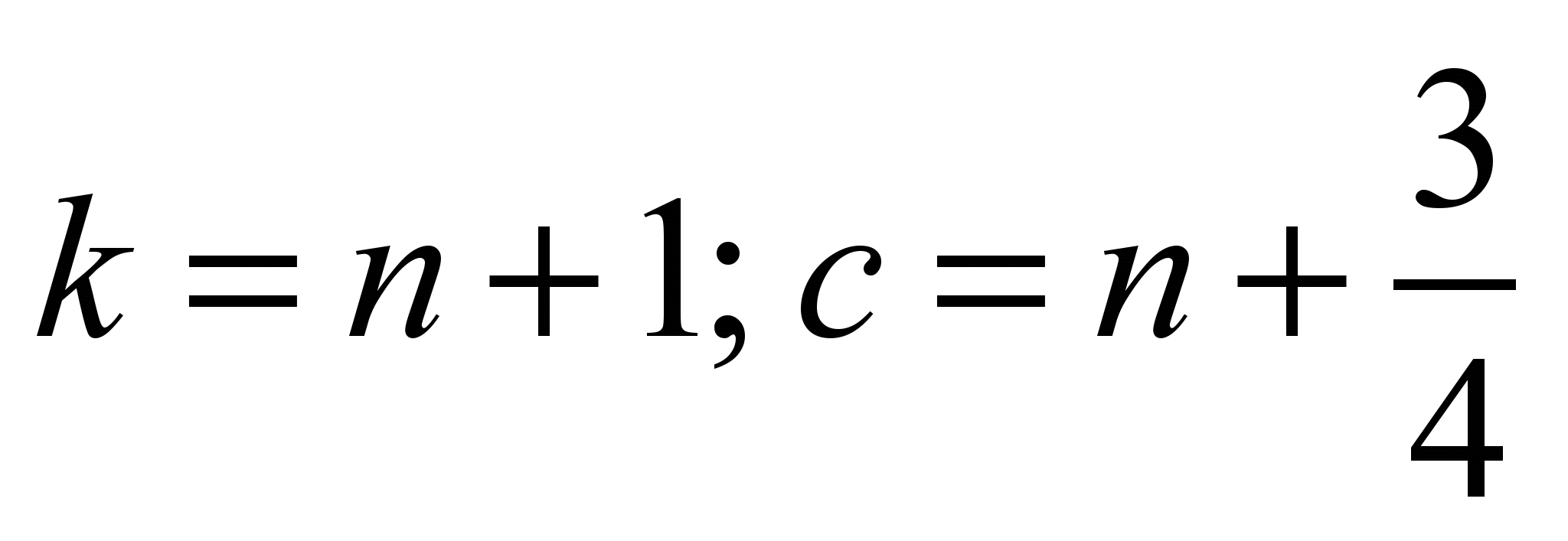 )
we use the dependence (5).
)
we use the dependence (5).
The desired value of the
function C at each fractional step (5), (6) is determined by the
point-to-point computation formula.
In the last step, we solve the
equation:
 .
.
To solve this equation, the
Euler method is used.
For
the numerical
solution of
equation (2), we
use the
Liebmann method.
The approximate equation for the velocity
potential in this case is written in the form:

The value of
the velocity potential
 is calculated in the centers of the
difference cells by the formula:
is calculated in the centers of the
difference cells by the formula:
 ,
,
where
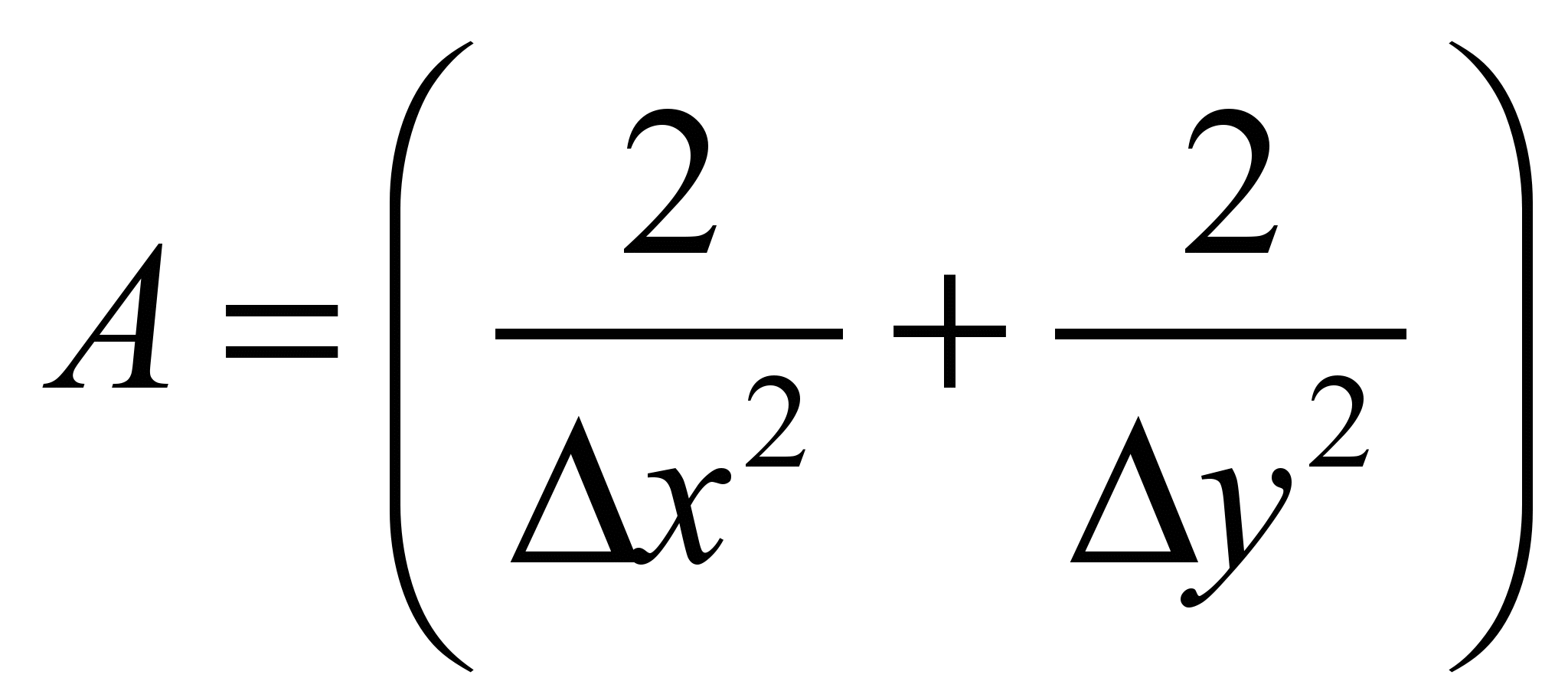 .
.
For the software implementation
of the constructed numerical model, we used FORTRAN.
Findings
The developed CFD model was
used to solve the following model problem. We consider the emission
of highly toxic chemical agent through the ventilation system, the
outlet of which is located on the cafe roof. The scetch of the
computational domain is shown in Fig.3.
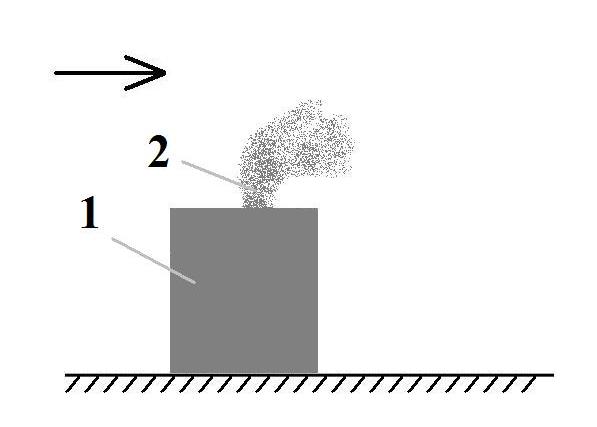
Fig.
3. Sketch of emission of a chemical agent
on the cafe roof (no
protection element):
1
–cafe building; 2
– point of chemical
agent emission
To minimize
the air contamination level near the cafe, as an anti-terrorist
method, we use the installation of a vertical (Fig. 4) or inclined
screen (Fig. 6) on the roof.
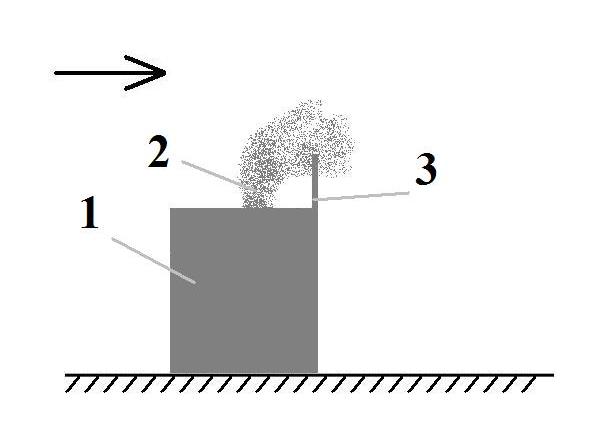
Fig.
4. Sketch of computational region (vertical
screen on the café roof is a protection measure, scenario #2):
1
– café building;
2
– point of high toxic chemical emission;
3
–
vertical screen
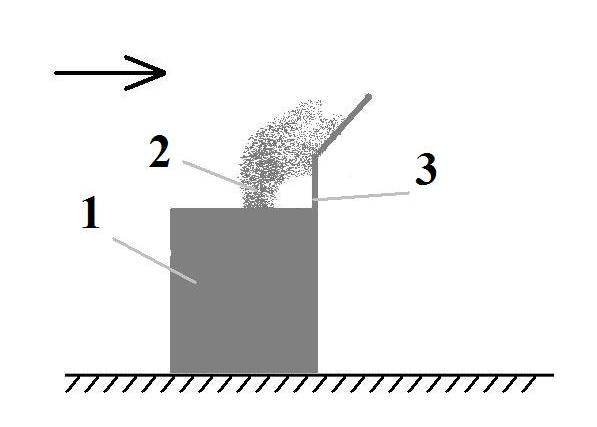
Fig.
5. Sketch of computational region (inclined
screen on the café roof is a protection measure, scenario #3):
1
– café building;
2 –
point of high toxic chemical
emission; 3
– inclined screen
It is necessary to evaluate the
effectiveness of the used screens to minimize the air contamination
level near the cafe.
The air contamination zone near
the cafe for each working scenario is shown in Fig. 6–8.
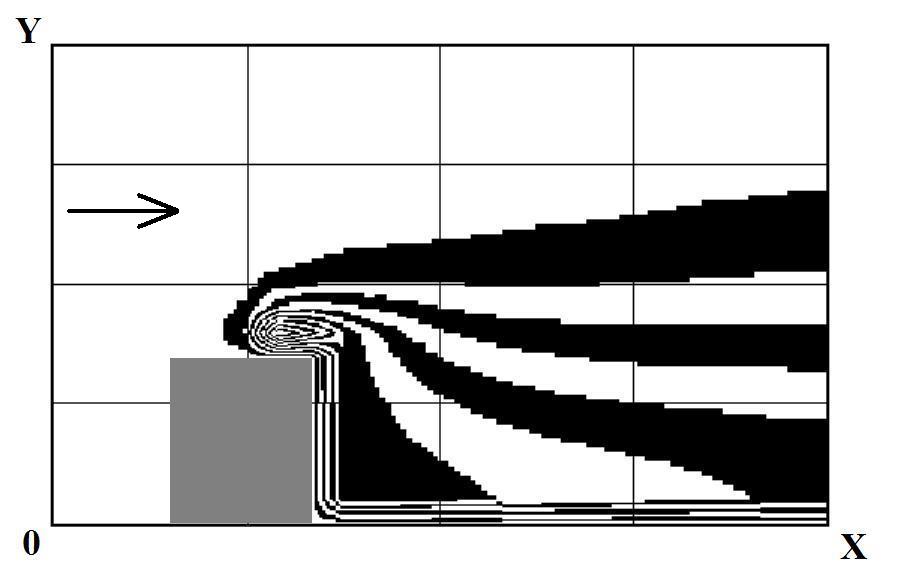
Fig.
6. Isolines of toxic chemical concentration
near café building
(no protection measures
are used, scenario #1)
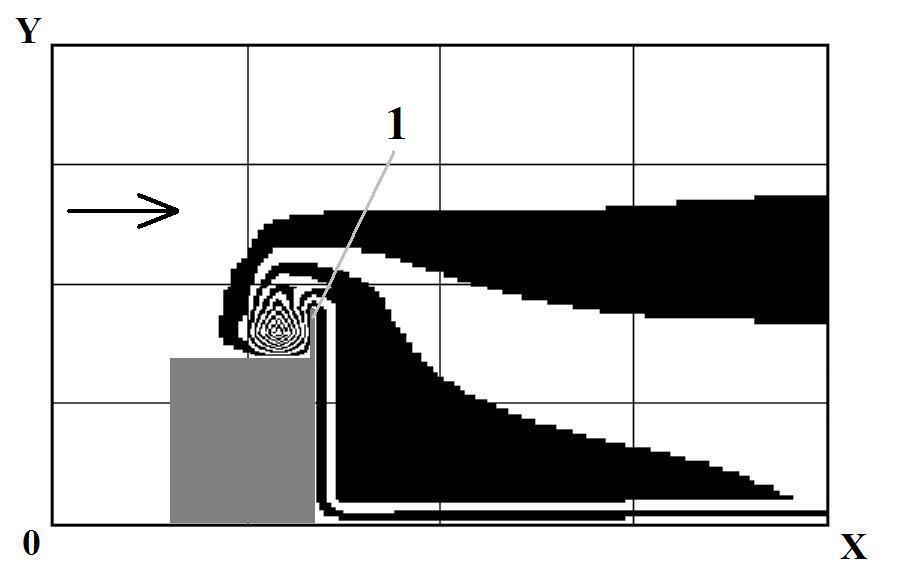
Fig.
7. Isolines of toxic chemical concentration near
café building (vertical screen on the
roof is a protection measure, scenario #2):
1
– vertical screen
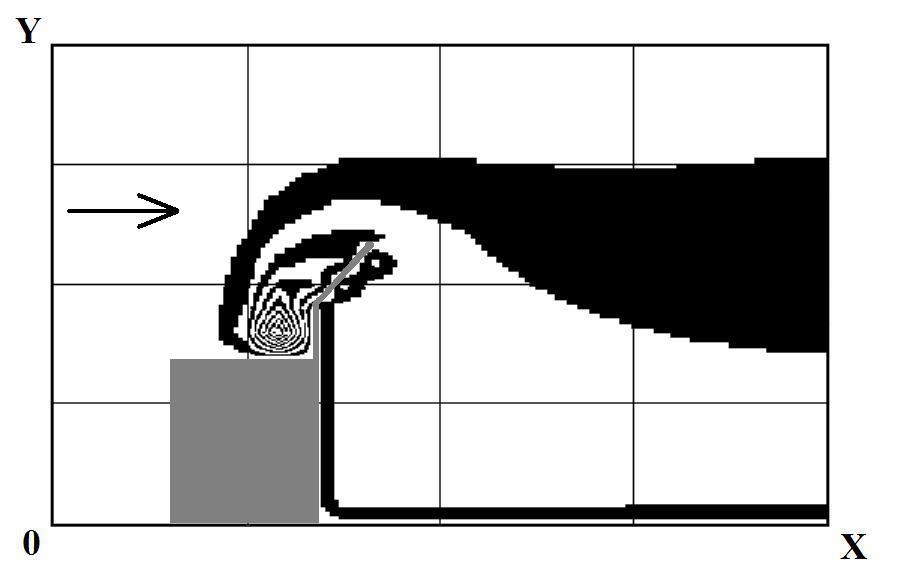
Fig.
8. Isolines of toxic chemical concentration near
café building (inclined screen on the roof is
a protection
measure, scenario #3)
Fig. 8 shows that the use of
the inclined screen makes it possible to take a stream of
contaminated air away from the cafe. For a more detailed analysis of
the effectiveness of the used screens, the Table 1 shows the
concentration of the contaminant at different distances from the
building, the level of 1.7 m – the height of a person for all the
scenarios under consideration.
Table 1
Dimensionless
concentration of toxic chemical
at different distance from the
cafe building
|
Distance
from the café building, m
|
Concentration,
scenario # 1
|
Concentration,
scenario # 2
|
Concentration,
scenario #3
|
|
2.5 m
|
1.26
|
0.98
|
0.78
|
|
4.5 m
|
1.16
|
0.93
|
0.75
|
|
5.5 m
|
1.12
|
0.91
|
0.74
|
|
9.5 m
|
1.02
|
0.86
|
0.70
|
|
11.5 m
|
0.98
|
0.83
|
0.68
|
As can be seen from the Table
1, the use of screens on the building roof allows to reduce the
concentration of a chemically hazardous substance outdoor and
thereby minimize the risk of toxic damage to people during the
terrorist attack. Obviously, for the case under consideration, it is
more effective to use the inclined screen (scenario No. 3).
It should be noted that the
task solution time is about 5 seconds.
Originality
and practical value
The
numerical model has been developed that allows to determine the
effectiveness of engineering methods for minimizing the outdoor air
contamination level in the event of an initiated (terrorist attack)
pollution with a highly toxic chemical agent.
The distinctive feature of the
constructed model is the use of the equation of convective-diffusive
dispersion of a chemical agent together with the equation for
calculating the wind flow velocity field near the building
(potential flow model). Computer time spent on the implementation of
the developed numerical model is a few seconds.
Studies
conducted on the basis of numerical simulation have shown that the
use of screens on the roof of a building can reduce the air
contamination level in a certain area near the building.
Conclusions
The numerical model has been
developed for assessing the air contamination level near the
building in the event of the chemical agent emission on its roof.
The model makes it possible to assess the effect of screens on the
protection of atmospheric air against contamination during such an
emission. The basis for solving the problem is numerical simulation
based on the equations describing the dispersion of impurities and
aerodynamics.
Further improvement of this
approach should be carried out in the direction of developing a
three-dimensional numerical model focused on solving the tasks of
this class.
LIST
OF REFERENCE LINKS
Алымов,
В. Т. Техногенный риск. Анализ и оценка
: учеб. пособие для вузов / В. Т. Алымов,
Н. П. Тарасова. – Москва : Академкнига,
2004. – 118 с.
Беляев,
Н. Н. Защита зданий от проникновения в
них опасных веществ : монография / Н.
Н. Беляев,
Е. Ю. Гунько, Н. В. Росточило.
– Днепропетровск : Акцент ПП, 2014. – 136
с.
Марчук,
Г. И. Математическое моделирование в
проблеме окружающей среды / Г. И. Марчук.
– Москва : Наука, 1982. – 320 с.
Оценка
техногенного риска при эмиссии опасных
веществ на железнодорожном транспорте
/ Н. Н. Беляев, Е. Ю. Гунько, П. С. Кириченко,
Л. Я. Мунтян. – Кривой Рог : Р. А. Козлов,
2017. – 127 с.
Численное
моделирование распространения
загрязнения в окружающей среде /
М. З. Згуровский,
В. В. Скопецкий,
В. К. Хрущ, Н. Н. Беляев. – Киев : Наук.
думка, 1997. – 368 с.
Barret,
A. M. Mathematical Modeling and Decision Analysis for Terrorism
Defense: Assessing Chlorine Truck Attack Consequence and
Countermeasure Cost Effectiveness : Degree of Doctor of Philosophy
/ Anthony Michael Barret ; Carnegie Mellon University. –
Pittsburg, Pennsylvania, 2009. – 123 p.
Berlov, O. V.
Atmosphere protection in case of emergency during transportation of
dangerous cargo /
O. V. Berlov // Наука
та прогрес
транспорту. – 2016. – № 1
(61). – С. 48–54. doi:
10.15802/stp2016/60953
Biliaiev,
M. M. Numerical Simulation of Indoor Air Pollution and Atmosphere
Pollution for Regions Having Complex Topography / M. M. Biliaiev,
M. M. Kharytonov // NATO Science for Peace and Security. Series
C: Environmental Security. – Dordrecht, 2012. – P. 87–91.
doi: 10.1007/978-94-007-1359-8_15
CEFIC
Guidance on safety Risk Assessment for Chemical Transport
Operations [Электронный
ресурс]
// Croner-i.
– Режим доступа:
https://app.croneri.co.uk/news/cefic-guidance-safety-risk-assessment-chemical-transport-operations?product=139
– Загл. с
экрана. – Проверено
: 29.01.2018.
Development
of advanced mathematical predictive models for assessing damage
avoided accidents on potentially-dangerous sea-based energy
facility / Aleksandr Tumanov, Vasily Gumenyuk, Vladimir Tumanov //
IOP Conf. Series: Earth and Environmental Science. – 2017.
– Vol. 90.
doi:
10.1088/1755-1315/90/1/012027
Effect
of barriers on the status of atmospheric pollution by mathematical
modeling / Zahra Naserzadeh, Farideh Atabi, Faramarz Moattar, Naser
Moharram Nejad // Bioscience Biotechnology Research Communication.
– 2017. – Vol. 10 (1). – P. 192–204.
Multi-Objective
Optimization Model of Emergency Organization Allocation for
Sustainable Disaster Supply Chain / Cejun Cao, Congdong Li, Qin
Yang, Fanshun Zhang // Sustainability.
– 2017. – Vol. 9. – Іss. 11.
doi:
10.3390/su9112103
Protective
Action Criteria. A Review of Their Derivation, Use, Advantages and
Limitations [Электронный
ресурс] // Environmental Public
Health Science Unit, Health Protection Branch, Public Health and
Compliance Division, Alberta Health. – Edmonton, Alberta, 2017. –
Режим доступа:
http://open.alberta.ca/publications/9781460131213 – Загл.
с экрана.
– Проверено : 14.06.2018.
The
analysis of the use of mathematical modeling for emergency planning
purposes / Ondrej Zavila, Pavel Dobes, Jakub Dlabka, Jan Bitta //
The Science for Population Protection. – 2015. – No.
2.
М.
М. БІЛЯЄВ1*,
О. В.
Бєрлов2*,
І. В.
КАЛАШНІКОВ3*,
В. А. КОЗАЧИНА4*
1*Каф.
«Гідравліка та водопостачання»,
Дніпропетровський національний
університет залізничного транспорту
імені академіка В. Лазаряна,
вул.
Лазаряна, 2, Дніпро, Україна, 49010, тел.
+38 (056) 273 15 09,
ел. пошта water.supply.treatment@gmail.com
, ORCID 0000-0002-1531-7882
2*Каф.
«Безпека життєдіяльності», Державний
вищий навчальний заклад
«Придніпровська
державна академія будівництва та
архітектури»,
вул. Чернишевського,
24 а, Дніпро, Україна, 49600, тел. +38 (056)
756 34 57,
ел. пошта berlov@mail.pgasa.dp.ua,
ORCID 0000-0002-7442-0548
3*ДП
«Проектно-вишукувальний інститут
залізничного транспорту
України
«Укрзалізничпроект», вул. Конарєва, 7,
Харків, Україна, 61052, тел. +38 (057) 724 41
25,
ел. пошта uzp38@ukr.net, ORCID 0000-0002-2814-380X
4*Каф.
«Гідравліка та водопостачання»,
Дніпропетровський національний
університет залізничного транспорту
імені академіка В. Лазаряна,
вул.
Лазаряна, 2, Дніпро, Україна, 49010, тел.
+38 (056) 273 15 09,
ел. пошта v.kozachyna@gmail.com,
ORCID 0000-0002-6894-5532
АНТИТЕРОРистичний ІНЖИНІРИНГ
ПРИ можливОМУ терактІ
З ВИКОРИСТАННЯМ
ХІМІЧНОГО
АГЕНТА НА ВУЛИЦІ
Мета.
Дана робота передбачає розробку методу
локального зниження на вулиці концентрації
хімічно небезпечної речовини, яка
надійшла в атмосферу через вентиляційний
викид на даху кафе, а також створення
чисельної моделі для розрахунку зони
хімічного зараження, яка дозволяє
оцінити ефективність застосування
екранів, що мінімізують його рівень.
Методика.
Для вирішення поставленого завдання
використано рівняння для потенціалу
швидкості, на базі якого визначено поле
швидкості повітряного потоку, і рівняння
конвективно-дифузійного розсіювання
хімічно небезпечного агента в атмосферному
повітрі, викинутого в разі теракту
через систему вентиляції. При моделюванні
були враховані нерівномірне поле
швидкості вітрового потоку, атмосферна
дифузія, інтенсивність викиду хімічно
небезпечного агента. При чисельному
інтегруванні рівняння для потенціалу
швидкості використаний метод Лібмана.
Для чисельного рішення рівняння
конвективно-дифузійного розсіювання
домішки використана неявна
поперемінно-трикутна різницева схема
розщеплення. Результати.
На основі розробленої чисельної моделі
подана оцінка ефективності застосування
екранів на будівлі для зниження
концентрації небезпечної речовини та
мінімізації ризику токсичного ураження
людей на вулиці при ініційованому
викиді хімічного агента. Побудована
чисельна модель може бути реалізована
на комп’ютерах малої та середньої
потужності, що дозволяє широко
використовувати її для вирішення
завдань даного класу при розробці
стратегії антитерористичного інжинірингу.
Наукова новизна.
Запропоновано ефективну чисельну
модель для розрахунку зони зараження
людей на вулиці при можливому теракті
з використанням хімічного (біологічного)
агента. Модель також може бути застосована
для оцінки ефективності деяких захисних
заходів, спрямованих на зниження рівня
забруднення повітряного середовища
під час теракту. Практична
значимість. Розроблена
чисельна модель може бути використана
для організації захисних заходів біля
соціальних об’єктів можливої хімічної
атаки терориста.
Ключові
слова:
теракт; хімічне забруднення атмосфери;
антитерористичний інжиніринг; чисельне
моделювання
Н.
Н. БЕЛЯЕВ1*,
А. В. БЕРЛОВ2,
И. В. КАЛАШНИКОВ3*,
В. А. КОЗАЧИНА4*
1*Каф.
«Гидравлика и водоснабжение»,
Днепропетровский национальный
университет железнодорожного транспорта
имени академика В. Лазаряна,
ул. Лазаряна,
2, Днипро, Украина, 49010, тел. +38 (056) 273 15 09,
эл. почта water.supply.treatment@gmail.com, ORCID
0000-0002-1531-7882
2*Каф.
«Безопасность жизнедеятельности»,
Государственное высшее
учебное заведение
«Приднепровская государственная
академия
строительства и архитектуры»,
ул. Чернышевского, 24 а,
Днипро, Украина, 49600, тел. +38 (056) 756 34 57,
эл. почта berlov@mail.pgasa.dp.ua,
ORCID 0000-0002-7442-0548
3*ГП
«Проектно-изыскательный институт
железнодорожного транспорта
«Укрзализнычпроект», ул. Конарева, 7,
Харьков, Украина, 61052,
тел. +38 (057) 724 41
25, эл. почта uzp38@ukr.net, ORCID 0000-0002-2814-380X
4*Каф.
«Гидравлика и водоснабжение»,
Днепропетровский национальный
университет железнодорожного транспорта
имени академика В. Лазаряна,
ул. Лазаряна,
2, Днипро, Украина, 49010, тел. +38 (056) 273 15 09,
эл. почта v.kozachyna@gmail.com, ORCID
0000-0002-6894-5532
АНТИТЕРРОРистический ИНЖИНИРИНГ
ПРИ ВОЗМОЖНОМ ТЕРАКТЕ С
ПРИМЕНЕНИЕМ
ХИМИЧЕСКОГО АГЕНТА
НА УЛИЦЕ
Цель. Данная
работа предусматривает разработку
метода локального снижения на улице
концентрации химически опасного
вещества, которое поступило в атмосферу
через вентиляционный выброс на крыше
кафе, а также создание численной модели
для расчета зоны химического заражения,
позволяющей оценить эффективность
применения экранов, минимизирующих
его уровень. Методика.
Для решения поставленной
задачи использовано уравнение для
потенциала скорости, на базе которого
определено поле скорости воздушного
потока, и уравнение конвективно-диффузионного
рассеивания химически опасного агента
в атмосферном воздухе, выброшенного в
случае теракта через систему вентиляции.
При моделировании были учтены
неравномерное поле скорости ветрового
потока, атмосферная диффузия, интенсивность
выброса химически опасного агента. При
численном интегрировании уравнения
для потенциала скорости использован
метод Либмана. Для численного решения
уравнения конвективно-диффузионного
рассеивания примеси использована
неявная попеременно-треугольная
разностная схема расщепления. Результаты.
На основе разработанной
численной модели дана оценка эффективности
применения экранов на здании для
снижения концентрации опасного вещества
и минимизации риска токсичного поражения
людей на улице при инициированном
выбросе химического агента. Построенная
численная модель может быть реализована
на компьютерах малой и средней мощности,
что позволяет широко использовать ее
для решения задач рассматриваемого
класса при разработке стратегии
антитеррористического инжиниринга.
Научная новизна.
Предложена эффективная
численная модель для расчета зоны
заражения людей на улице при возможном
теракте с использованием химического
(биологического) агента. Модель также
может быть применена для оценки
эффективности некоторых
защитных мероприятий, направленных на
снижение уровня загрязнения воздушной
среды при теракте. Практическая
значимость. Разработанная
численная модель может быть использована
для организации защитных мероприятий
возле социальных объектов возможной
химической атаки террориста.
Ключевые слова:
теракт; химическое
загрязнение атмосферы; антитеррористический
инжиниринг; численное моделирование
References
Alymov, V. T., & Tarasova, N.
P. (2004). Tekhnogennyy risk. Analiz i
otsenka: Uchebebnoe posobie dlya vuzov.
Moscow: Akademkniga. (in Russian)
Belyaev,
N. N., Gunko, Y. Y., & Rostochilo, N. V. (2014). Zashchita
zdaniy ot proniknoveniya v nikh opasnykh veshchestv: Monografiya.
Dnepropetrovsk:
Aktsent PP. (in Russian)
Marchuk,
G. I. (1982).
Matematicheskoye modelirovaniye v
probleme okruzhayushchey sredy.
Moscow: Nauka.
(in Russian)
Belyaev,
N. N., Gunko, Y. Y., Kirichenko, P. S., & Muntyan, L. Y.
(2017). Otsenka tekhnogennogo riska
pri emissii opasnykh veshchestv na zheleznodorozhnom transporte.
https://www.multitran.ru/c/m.exe?t=4605566_1_2&s1=(%E3.)%20%CA%F0%E8%E2%EE%E9%20%D0%EE%E3 Krivoi
Rog: Kozlov R. A.
(in Russian).
Zgurovskiy,
M. Z., Skopetskiy, V. V., Khrushch, V. K., & Belyaev, N. N.
(1997). Chislennoe modelirovanie
rasprostraneniya zagryazneniya v okruzhayushchey srede.
Kуiv:
Naukova dumka. (in Russian)
Barret,
A. M. (2009). Mathematical
Modeling and Decision Analysis for Terrorism Defense: Assessing
Chlorine Truck Attack Consequence and Countermeasure Cost
Effectiveness. (Dissertation of Doctor of Philosophy). Carnegie
Mellon University, Pittsburg. (in
English)
Berlov,
O. V. (2016). Atmosphere protection in case of emergency during
transportation of dangerous cargo. Science
and Transport Progress, 1(61), 48-54.
doi: 10.15802/stp2016/60953 (in English)
Biliaiev,
M. M., & Kharytonov, M. M. (2012). Numerical Simulation of
Indoor Air Pollution and Atmosphere Pollution for Regions Having
Complex Topography. NATO Science for
Peace and Security. Series C: Environmental Security,
87-91.
doi: 10.1007/978-94-007-1359-8_15 (in English)
CEFIC
Guidance on safety Risk Assessment for
Chemical Transport Operations. Croner-i.
Retrived from
https://app.croneri.co.uk/news/cefic-guidance-safety-risk-assessment-chemical-transport-operations?product=139
(in English)
Tumanov,
A., Gumenyuk, V., & Tumanov, V.
(2017). Development
of advanced mathematical predictive models for assessing damage
avoided accidents on potentially-dangerous sea-based energy
facility. IOP Conf. Series: Earth and
Environmental Science,
90. doi:
10.1088/1755-1315/90/1/012027 (in English)
Zahra
Naserzadeh, Farideh Atabi, Faramarz Moattar, & Naser Moharram
Nejad. (2017). Effect of barriers on the status of atmospheric
pollution by mathematical modeling. Bioscience
Biotechnology Research Communication, 10(1),
192-204. (in English)
Cao,
C., Li, C., Yang, Q., & Zhang, F. (2017).
Multi-Objective Optimization Model of Emergency Organization
Allocation for Sustainable Disaster Supply Chain. Sustainability,
9(11). doi:
10.3390/su9112103 (in English)
Government
of Alberta. (2017). Protective Action Criteria: A Review of Their
Derivation, Use, Advantages and Limitations. Environmental Public
Health Science Unit, Health Protection Branch, Public Health and
Compliance Division, Alberta Health. Edmonton, Alberta. Retrived
from http://open.alberta.ca/publications/9781460131213 (in
English)
Ondrej
Zavila, Pavel Dobes, Jakub Dlabka, & Jan Bitta. (2015). The
analysis of the use of mathematical modeling for emergency planning
purposes. The Science for Population
Protection, 2.
(in English)
Received:
July 30,
2018
Accepted:
Nov. 14, 2018
(1)
– average
concentration of
chemical
(biological)
agent in
outdoor air;
– coefficient
taking into
account the
agent
decomposition in
the atmosphere;
– components
of the
air flow
velocity vector;
– coefficients
of atmospheric
turbulent
diffusion;
– agent
emission intensity during
the terrorist
attack;
– Dirac
delta function;
–agent emission source
coordinates
during the
terrorist
attack; t
– time.
,
.
At the boundaries where the air flow
enters the calculation area,
,
here
is the known value. We assume that
.
In the
area where
the air
flow exits
the
computational
domain, in
the numerical
model we
set a
«soft»
boundary
condition of
the form:
,
here
is the
pollutant
concentration in
the boundary
(last) cell.
, (2)
,
. (3)
= 0,
= V,
where V –
the known wind flow velocity.
.
For
approximation of the first derivatives, we use the formulas [2, 5]:
;
;
;
.
(4)
):
(5)
):
(6)
)
we apply the dependence (6);
)
we use the dependence (5).
.
is calculated in the centers of the
difference cells by the formula:
,
.